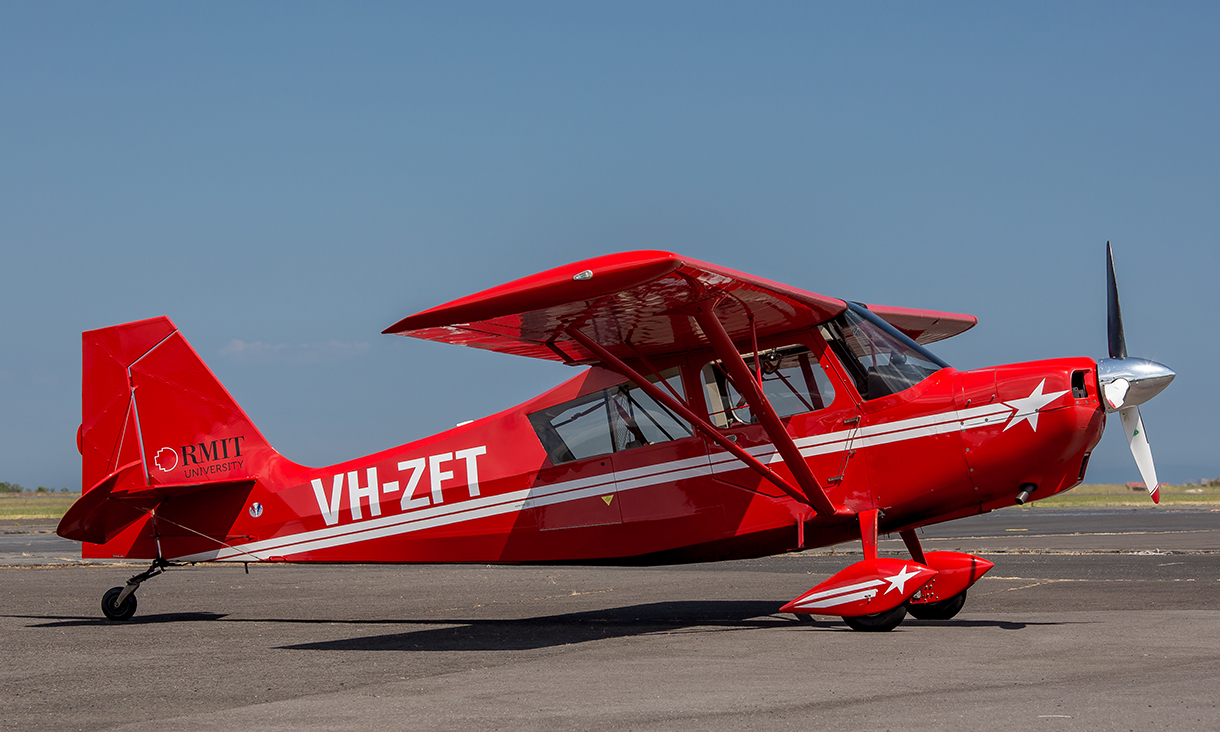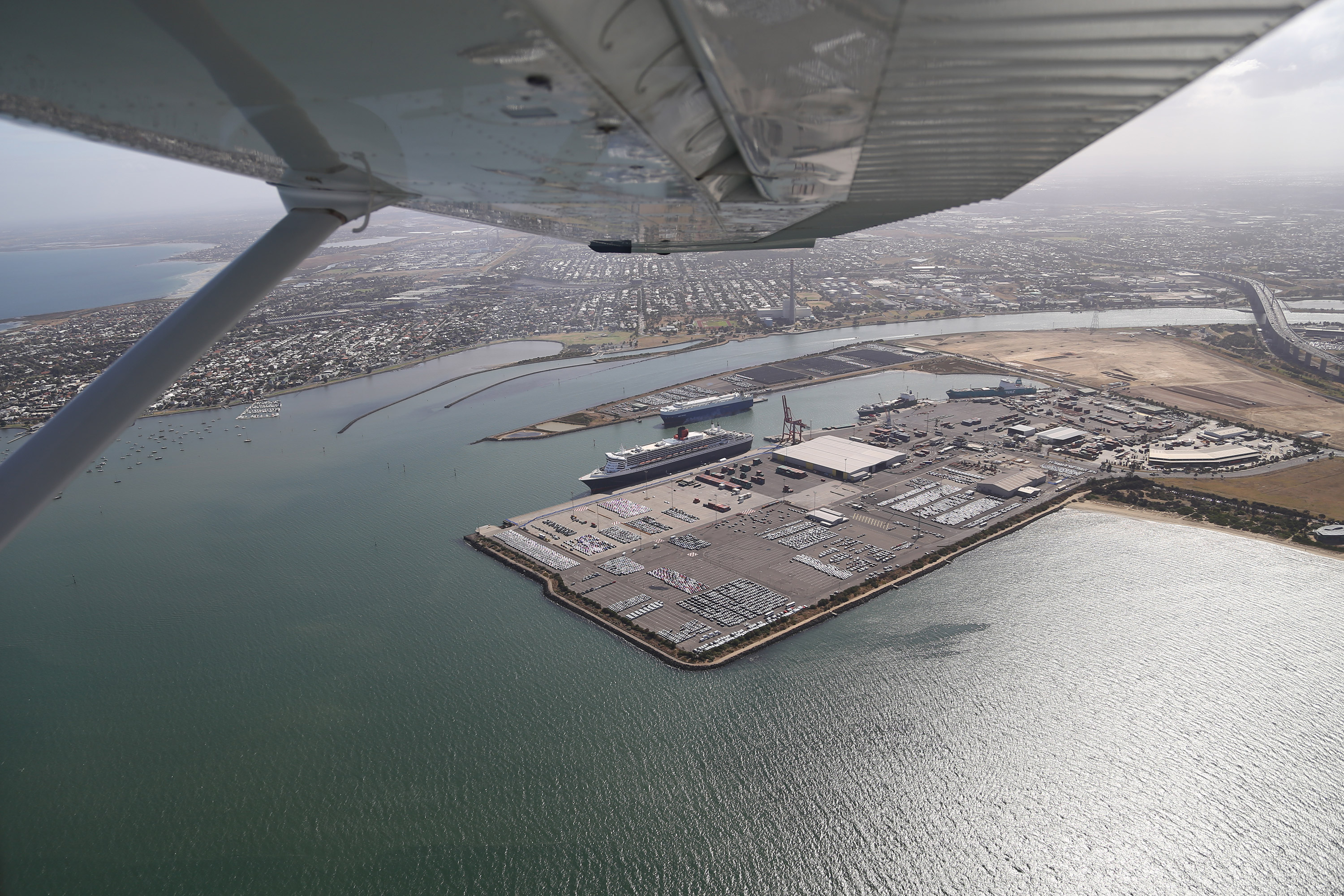RMIT conducts flight training at the Point Cook Airfield, the oldest operating airfield in the world and the birthplace of the Royal Australian Air Force (RAAF).
Point Cook was Australia's first military air base. It is also the location of the Royal Australian Air Force museum.
Features and facilities
RMIT University's Point Cook site provides easy access to airspace, terrain and urban development, which maximises navigational experiences.
Our world-class flight training facilities and environment develop the necessary skills to gain a Commercial Pilots Licence. Point Cook was the world’s first military air base and is also home to the Royal Australian Air Force Museum.
Fleet
The flight training is conducted in single-engine aircraft (C172S Cessna Skyhawk and C182T Cessna Skylane) and aerobatic aircraft (8KCAB Super Decathlon).
After the Commercial Pilot’s Licence, the optional instrument rating is completed in the Frasca 242 flight simulator and the twin-engine PA44-180 Piper Seminole.
Facilities
Practical flight training is conducted at Point Cook Airfield, 25 kilometres south-west of central Melbourne. Flight training facilities consist of a modern, purpose-built, pilot training complex at the former home of the Royal Australian Air Force (RAAF) No 1 Flying Training School.
 8KCAB Super Decathlon at Point Cook
8KCAB Super Decathlon at Point Cook
Training environment
The 4500 feet of airspace over the airfield allows unrestricted training manoeuvres. As the only operator at Point Cook, this minimises circuit congestion and delays, and enables more take-offs and landings per hour than many other airfields, improving training efficiency.
The Point Cook Airfield training environment is ideally situated with access to all types of airspace nearby and variable weather conditions created by mountains, sea and city environments. This enables trainees to develop the confidence and capability to handle command under a variety of operational conditions.
Local sights and attractions
Point Cook is located along Victoria’s picturesque Port Phillip Bay, bordered on its coastal side by the Cheetham Wetlands and Point Cook Coastal Park.
It’s home to the world’s first military air base, and houses the Royal Australian Air Force Museum, right next door to RMIT’s Flight Training Centre.
Point Cook’s municipality, the City of Wyndham, is a popular tourist destination for local and overseas visitors.
The region boasts major attractions like the historic Werribee Park Mansion, State Rose Garden, Werribee Open Range Zoo and the National Equestrian Centre.
Transport
Point Cook is 20 kilometres south-west of the centre of Melbourne, close to Port Phillip bay.
Take the Metro Werribee Line train to Williams Landing Railway Station (Williams Landing). Connect with bus service 497 and walk or take a taxi to the RAAF Base from here.
Check Public Transport Victoria for details of connecting bus services.
Bus connections operate from Melbourne International Airport and Avalon Airport (Geelong) direct to Melbourne’s Southern Cross Station on Spencer Street.
SkyBus Avalon Airport Transfers also drop off at the Werribee RSL (half way between Avalon and Melbourne). From here you can connect to the Metro Werribee Line Train Station and onwards to Point Cook.
The Point Cook site is a 25-minute drive south-west from Melbourne along the Princes Freeway.
To find us, take the Point Cook Road exit and follow the tourist signs towards the RAAF Museum. RMIT is located just before it on the left.
Parking is available at the Point Cook site.

Contact us
Address: RAAF Williams Base, Point Cook, Victoria, 3030, Australia
Phone: + 61 3 9925 0050
Fax: + 61 3 9395 1780
Postal address: RMIT University, GPO Box 2476, Melbourne, Victoria 3001, Australia